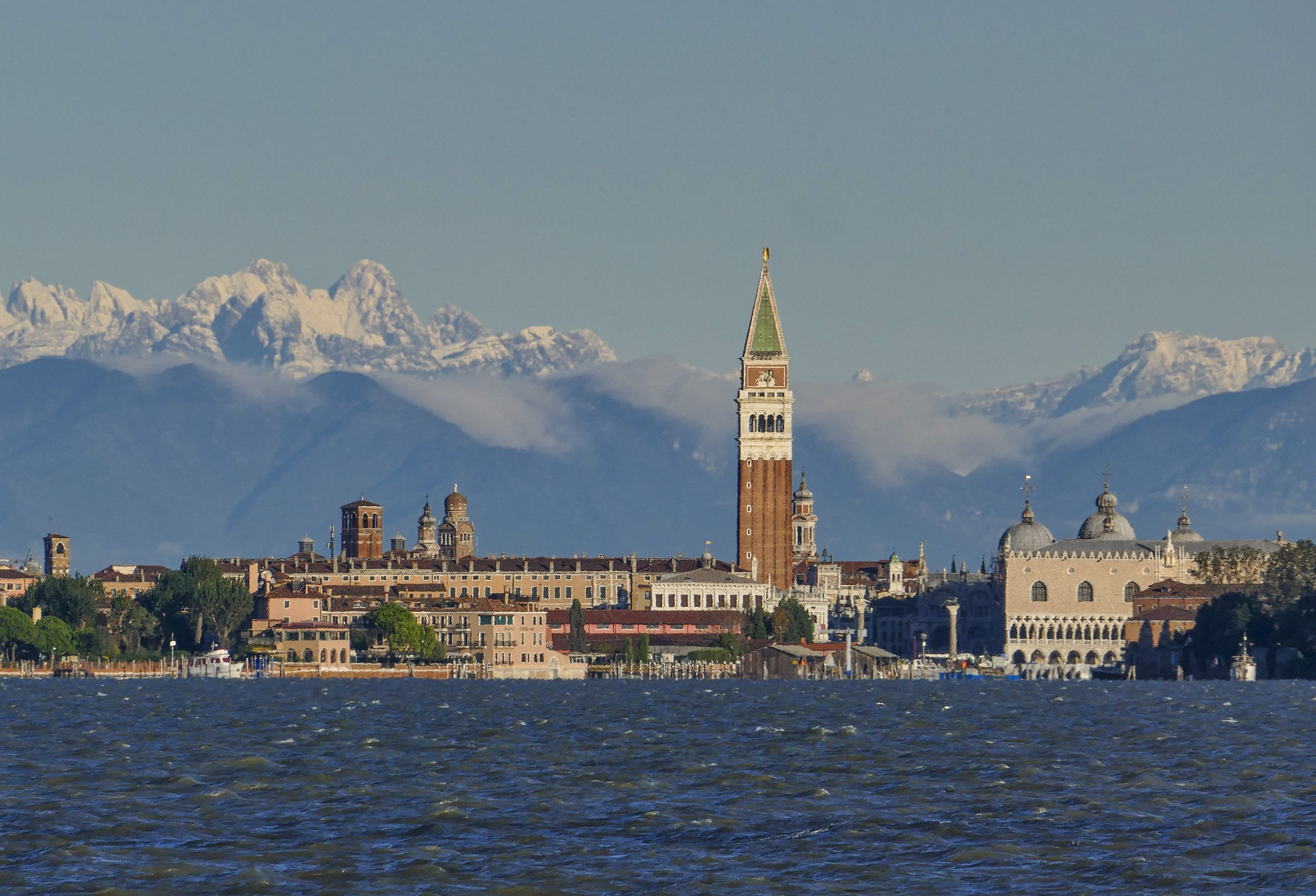If you are the proud owner of a Fujifilm X-series camera and you’re looking for a super zoom lens, now you are in luck with the new XF 100-400mm. Thanks to some good friend I managed to briefly try one on my XT1 and on the new XPRO2
What is the FUJINON XF100-400mmF4.5-5.6 R LM OIS WR lens? For those unfamiliar with the Fuji X terminology, this lens is a 400mm which on a cropped sensor equates to 600mm, comes with optical image stabilization OIS that definitely is handy to keep photos from being blurry due to camera shake. Finally “WR” means that it is weather resistant, as several other Fuji lenses and the XT1 for example.

FUJINON XF100-400mmF4.5-5.6 R LM OIS WR key features:
Uses 21 elements in 14 groups, and 5 extra-low dispersion elements and 1 super extra low dispersion elements
Rounded 9 blade aperture
1/3 EV (15 steps)
Water-repellent fluorine coating
Weather-sealed with 13 water and dust resistant seals at 12 points
Included lens hoods features a sliding window for accessing a polarizing filter and locking mechanism
Compatible the XF1.4X TC WR teleconverter (140-560mm F6.3-8 or 213-853mm in 35mm equivalent)
Compatible with optional lens plate (MLP-75XF) and optional ARCA SWISS tripods
I compare it with my 50-140 and difference is 100-400 1,375 grams, the 50-140, 1,093 grams. The diameter is in keeping with the filter size, 50-140 – 72mm, 100-400 – 77mm.
The side controls are: the focus limiting switch that allow you to choose full range or 5 meters to infinity. The Program or Aperture Priority switch and finally the Optical Image Stabilization on and off switch. Between the zoom ring and the aperture ring is the Lock switch for keeping the lens locked in the 100mm position.
I was surprised then when the lens extends out to 400mm it only grows slightly less than 2.5 inches!
Comes with an amazing 5.0-stop image stabilization system and twin linear motors for speedy autofocus that makes it perfect for shooting fast-moving subjects. I was able to get a good percentage of sharp images with shutter speeds as long as 1/30th second at an effective focal lengths of 600mm handheld that is quite remarkable.
This lens is tack sharp. I did not have the time to try it adding the Fuji’s XF 1.4X Teleconverter but was told that even with the teleconverter image sharpness is superb and there’s no appreciable drop in sharpness.
Let me state the obvious. This is a large lens and it seems clear that at Fuji at this stage they have no intention to make a full 35mm sensor camera. Having said that I think can fit anyway in the spot of my 50-140 inside my bag. It also felt quite light which helps maintain a decent balance with the X-T1 mounted as long as you properly support the lens by hand or with a monopod. Of course I would have loved to see it as a smaller lens but I am sure there are optical rules and I'm confident this was the smallest and lightest, Fujifilm could make this high quality telephoto!
Pros:
- Excellent sharpness
- Strong Image Stabilization
- Excellent close focus distance
- Long focus throw for precise manual focus adjustments
Once again, it is very hard to find negatives for this lens...probably the only issue is the fact that the lens-foot is not Arca-Swiss compatible from the start. But do I often use a tripod...??? No for the type of work I do. I see it more as an issue for other photographers
For sure there will be the usual comments " Hey this lens is not sharp!".... As I was saying you need a very good handholding technique or a monopod that are anyway essential to get good results at 600mm effective focal length! :-)
The Bokeh, quality of the out of focus areas, is nice and soft. Being not a very fast lens when it comes to maximum aperture, one could think it would be hard to throw the background out of focus. However because of the long focal length the effect is very much present, even at f 5.6.
Lastly, will I be buying the new XF100-400? More than likely yes, is the short answer! I know that is a relative big and heavy lens and goes against one of my primary reasons for switching from Nikon to Fujifilm, but I am sure I will need it and I have the feeling that after all it is still lighter than the Nikkor 70-200 I use to carry around every single day!
This post has not been sponsored and I did not get media samples or freebies. For more information, check out my full disclaimer policy.










